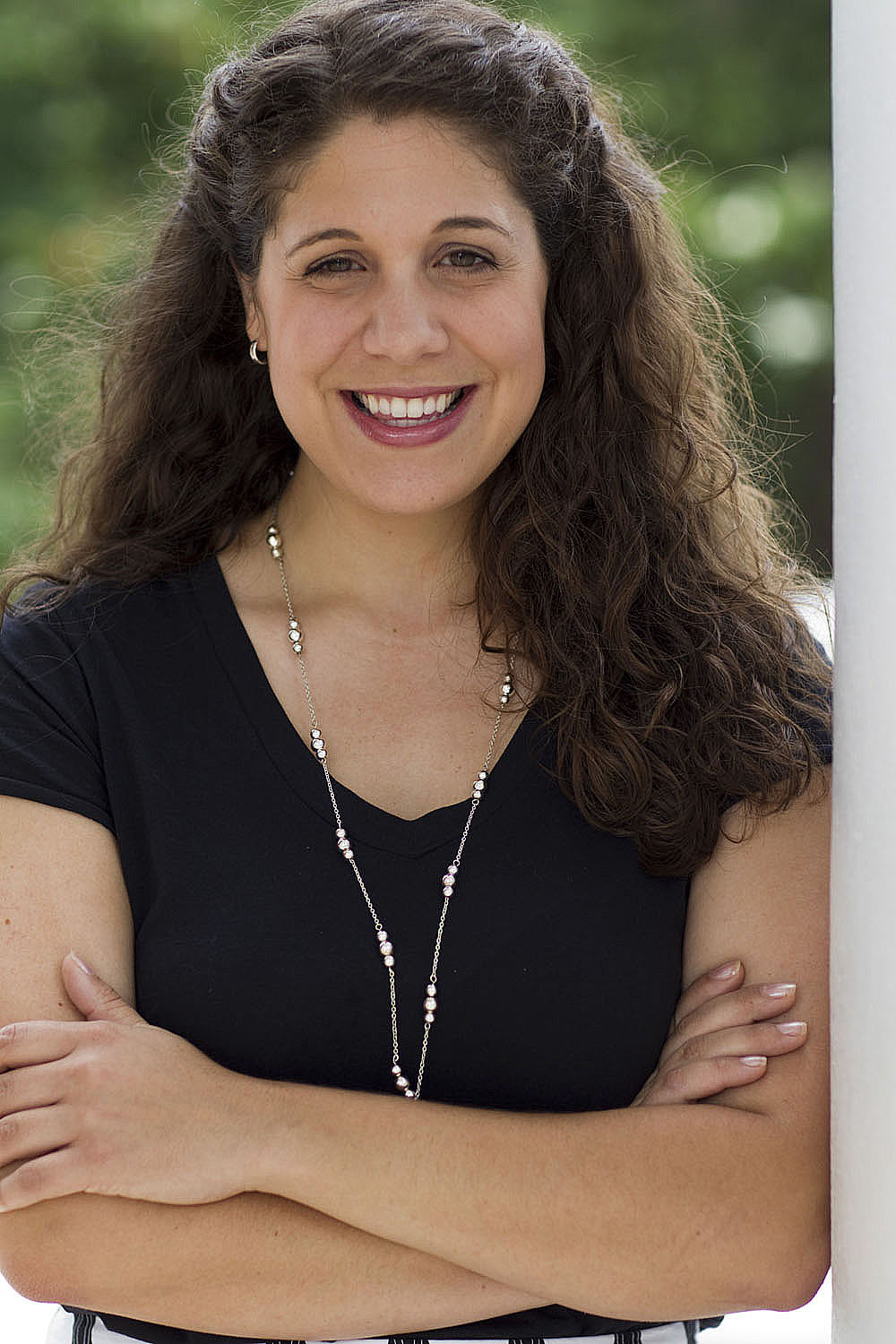June 22, 2011 — In response to media headlines about the presence of pharmaceuticals in drinking water, professors from the University of Virginia School of Engineering and Applied Science have developed a website, "V-PharmaCalc," that allows Virginians to view estimated concentrations of various prescription and generic drugs present in their local wastewater – before it is treated and released to the environment.
"It is important for Virginia residents to use our website as a tool to understand the type and amount of drugs that are present in their local wastewater," says Lisa Colosi, assistant professor of civil and environmental engineering, who co-led the website development project. "This understanding will allow Virginia residents to put information they gather from the media into perspective.
"While most scientists agree that the presence of pharmaceuticals in the water supply is undesirable, the concentrations of these drugs are very low and it is currently unknown what direct effects they may have on human health."
Colosi worked on the project with colleague James Smith and doctoral student Karl Ottmar, both from the Department of Civil and Environmental Engineering. Several undergraduates also worked on the project, including rising third-year student Matthew Quinn.
In addition to providing estimates of the concentrations of pharmaceuticals in local wastewater, the website also features additional educational resources. The website explains how pharmaceuticals enter wastewater, typically when they are flushed down the toilet or poured into a garbage disposal. (As an alternative, the researchers recommend combining the drugs with coffee, kitty litter or another unappealing substance and disposing of them in the trash.)
The site also briefly explains standard wastewater treatment processes in the United States and Europe and how pharmaceuticals are affected by the treatment process.
"We hope that the resources featured within the website will de-sensationalize the issue of pharmaceuticals in wastewater," Colosi said. "Additionally, we hope to provide individuals with an understanding of how their personal choices directly affect the water quality and the ecosystem within Virginia and on a global scale. We hope that this will encourage individuals to consciously make decisions that are better for the water quality and health of the ecosystem."
The Virginia Environmental Endowment sponsored the project as part of its mission to improve the quality of the environment by preventing pollution, conserving natural resources and promoting environmental literacy.
"Dr. Colosi and her colleagues at the University of Virginia have clearly demonstrated a way for citizens to find out what kind of pharmaceuticals are in Virginia's water," said Gerald P. McCarthy, executive director of the Virginia Environmental Endowment. "They have also offered constructive ideas for what to do about that. The Virginia Environmental Endowment is very pleased to have supported such useful research as well as the related graduate and undergraduate education obtained by the students who worked on this important project."
"It is important for Virginia residents to use our website as a tool to understand the type and amount of drugs that are present in their local wastewater," says Lisa Colosi, assistant professor of civil and environmental engineering, who co-led the website development project. "This understanding will allow Virginia residents to put information they gather from the media into perspective.
"While most scientists agree that the presence of pharmaceuticals in the water supply is undesirable, the concentrations of these drugs are very low and it is currently unknown what direct effects they may have on human health."
Colosi worked on the project with colleague James Smith and doctoral student Karl Ottmar, both from the Department of Civil and Environmental Engineering. Several undergraduates also worked on the project, including rising third-year student Matthew Quinn.
In addition to providing estimates of the concentrations of pharmaceuticals in local wastewater, the website also features additional educational resources. The website explains how pharmaceuticals enter wastewater, typically when they are flushed down the toilet or poured into a garbage disposal. (As an alternative, the researchers recommend combining the drugs with coffee, kitty litter or another unappealing substance and disposing of them in the trash.)
The site also briefly explains standard wastewater treatment processes in the United States and Europe and how pharmaceuticals are affected by the treatment process.
"We hope that the resources featured within the website will de-sensationalize the issue of pharmaceuticals in wastewater," Colosi said. "Additionally, we hope to provide individuals with an understanding of how their personal choices directly affect the water quality and the ecosystem within Virginia and on a global scale. We hope that this will encourage individuals to consciously make decisions that are better for the water quality and health of the ecosystem."
The Virginia Environmental Endowment sponsored the project as part of its mission to improve the quality of the environment by preventing pollution, conserving natural resources and promoting environmental literacy.
"Dr. Colosi and her colleagues at the University of Virginia have clearly demonstrated a way for citizens to find out what kind of pharmaceuticals are in Virginia's water," said Gerald P. McCarthy, executive director of the Virginia Environmental Endowment. "They have also offered constructive ideas for what to do about that. The Virginia Environmental Endowment is very pleased to have supported such useful research as well as the related graduate and undergraduate education obtained by the students who worked on this important project."
— by Katherine Welsh
Media Contact
Article Information
June 22, 2011
/content/uva-engineering-professors-provide-valuable-resource-calculate-pharmaceuticals-present

